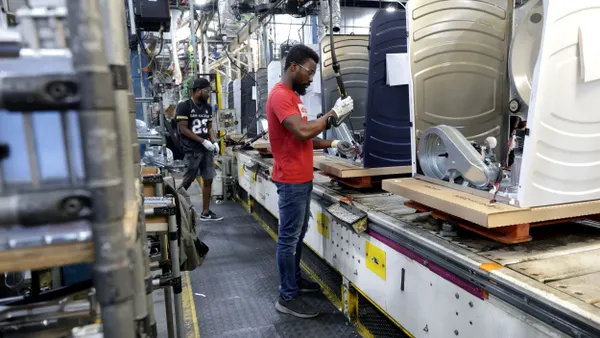Dive Brief:
- An article at Predictive Analytics Times asks a critcal question about HR and the highly touted use of predictive analytics: do they actually work for HR?
- For example, writes author Dave Weisbeck, CEO at Visier Inc., while many HR software vendors offer the ability to uncover “at-risk employees,” how many can prove that their predictions actually work? Wiesbeck also asks how HR leaders can ensure a vendor’s claim to predict employee retention risks is valid.
- Retention is especially important in terms of predicting departing employees, Weisbeck says. For example, an employer with 5,000 exempt employees with a relatively low voluntary turnover rate of 10% (more than one percent lower than the average rate across industries in 2014), even "conservative estimates can convert unwanted turnover into more than $30 million in replacement costs" annually.
Dive Insight:
All the hype aside, predictive analytics won't replace human intervention as "they won’t tell you the one clear course of action to take," Weisbeck writes.
When it comes to attrition/turnover, predictive analytics is about "more than who will leave; it’s about why they are leaving." He adds that predicting "why" is more valuable than naming individuals, as it allows HR to develop thoughtful, refined, long-term programs to reduce resignation rates by "targeting root causes."
In the end, he wrote, the problem is that most “at-risk” predictive analytics capabilities available today are still in the very early stages, and it will take a much longer time period to generate the depth and sources of data needed to solve the attrition problem using analytics alone.












